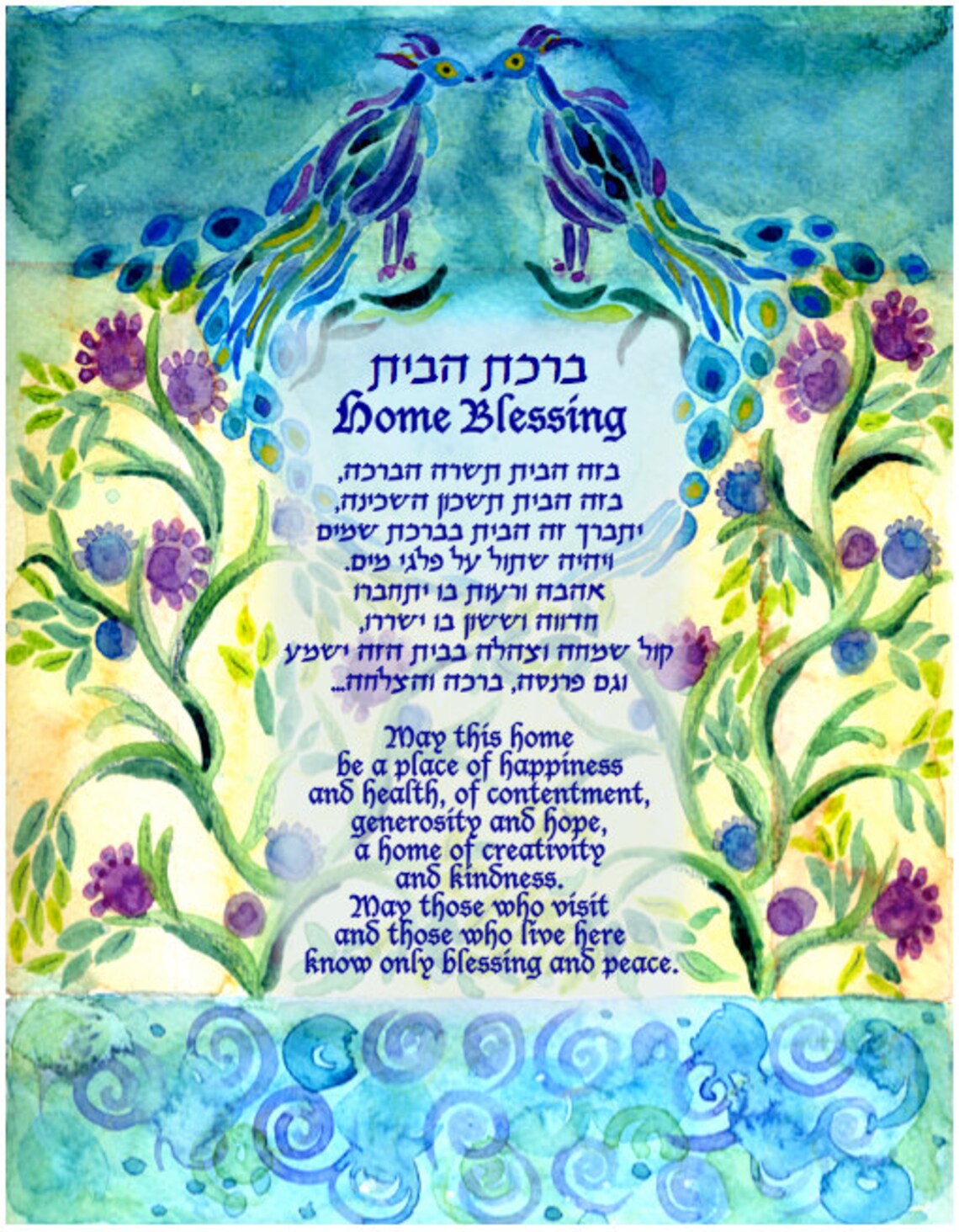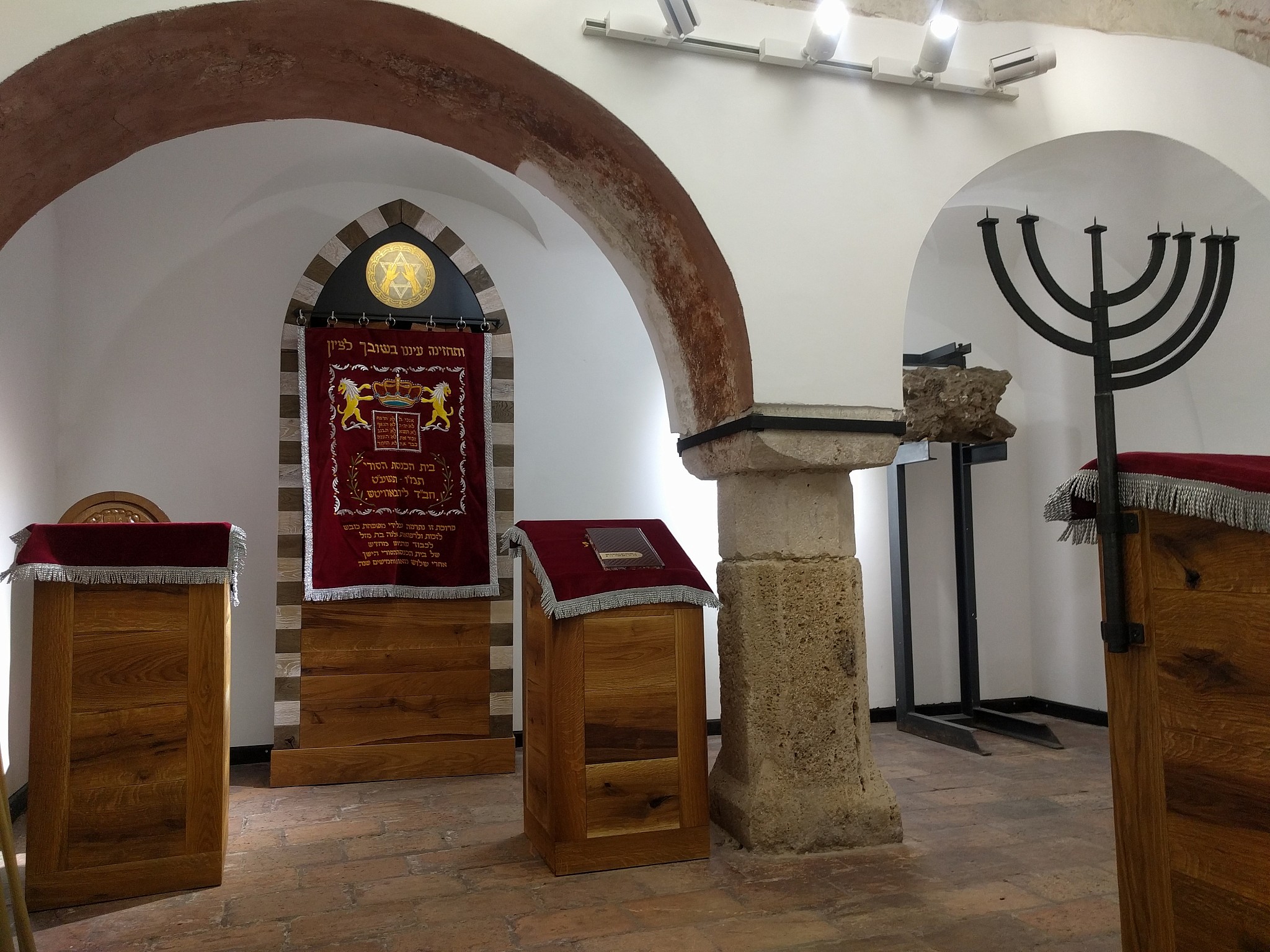Table Of Content
- Reform Judaism
- How a beloved worship song became the theme song of Christian nationalism
- World's largest synagogues
- Little Tokyo named one of America’s most endangered places by preservation group
- World's oldest synagogues
- Future in question for Chicago Loop Synagogue and its monumental stained-glass window

A representative for The Evergreen State College in Olympia, Washington, confirmed to JTA that the school had also reached a divestment-related agreement with protesters, who agreed to dismantle their encampments Wednesday. The school says it will form multiple “disappearing taskforces” made up of both students and faculty, including one that will propose changes to its socially responsible investment policy, with a special focus on Israel. Generally, this is located on the eastern side of the building because Jews usually face east, towards Israel and Jerusalem, while praying. This is usually where both the rabbi and cantor stand, where the ark is located, and where the Torah reading takes place. In some congregations, particularly more Orthodox synagogues, the rabbi and cantor may instead use a raised platform in the center of the congregation.
Reform Judaism
The Brown agreement earned praise from one campus stakeholder who staunchly opposes divestment — Rabbi Josh Bolton, director of the Hillel serving both Brown and the Rhode Island School of Design. Bolton said the existence of the encampment was bad for Jews on campus, and the Jewish community should celebrate its peaceful dismantling. California Gov. Gavin Newsom has approved millions in state funding to boost the presence of police at synagogues, mosques and other places of worship as fears ratchet up over the possibility of local violence stemming from the Israel-Hamas war. In addition to these occasional visitors, over 2,000 people visit the space each year as part of the Chicago Architecture Foundation’s annual Open House tour.
How a beloved worship song became the theme song of Christian nationalism
The Library and Archives of the Simon Wiesenthal Center are located across the street from the Museum of Tolerance. The collection, which is open to the public, focuses on the Holocaust, genocide, antisemitism, and Jewish communities around the world. The Library has material in many languages for all ages and educational levels, including periodicals, videos, and storybooks as well as original diaries, artifacts, and memorabilia. As other congregations across the country shrink, disband and struggle to figure out what to do with their own stained glass, the Loop Synagogue with its Rattner window beckons.
World's largest synagogues
As I learned more about Jewish history and culture, I found it very powerful to learn that being of mixed race in the Jewish community was not just a modern phenomenon. We were a mixed multitude when we left Egypt and entered Israel, and the Hebrews continued to acquire different cultures and races throughout our Diaspora history. Walking through the streets of modern-day Israel, one sees the multicolored faces of Ethiopian, Russian, Yemenite, Iraqi, Moroccan, Polish, and countless other races of Jews—many facial particularities, but all Jewish . As a child, I believed that my sister and I were the “only ones” in the Jewish community—the only ones with Asian faces, the only ones whose family trees didn’t have roots in Eastern Europe, the only ones with kimchee on the seder plate. But as I grew older, I began to see myself reflected in the Jewish community. I was the only multiracial Jew at my Jewish summer camp in 1985; when I was a song-leader there a decade later, there were a dozen.

Congressman Andy Kim's Statement on the Antisemitism Awareness Act
As we celebrate the Jewish American community’s contributions this month, we also honor their resilience in the face of a long and painful history of persecution. Hamas’ brutal terrorist attack on October 7th against Israel marked the deadliest day for Jews since the Holocaust, resurfacing, including here in the United States, painful scars from millennia of antisemitism and genocide of Jewish people. Jews across the country and around the world are still coping with the trauma and horror of that day and the months since.
The gabbai is usually a lay leader within the congregation who assists the rabbi and cantor during the Torah service. The cantor is also a member of the clergy and is responsible for the musical elements during the service, leading the congregation in chanting and singing prayers. Often he/she will be responsible for other parts of the service, such as chanting the weekly Torah and Haftarah portions.
Little Tokyo named one of America’s most endangered places by preservation group
The use of the word "temple" to describe modern houses of prayer offends some traditional Jews, because it trivializes the importance of The Temple (although in fairness, a synagogue was classically called a "little Temple"). The word "shul," on the other hand, is unfamiliar to many modern Jews. When in doubt, the word "synagogue" is the best bet, because everyone knows what it means, and I've never known anyone to be offended by it. Since many Orthodox and some non-Orthodox Jews prefer to collect a minyan (a quorum of ten) rather than pray alone, they commonly assemble at pre-arranged times in offices, living rooms, or other spaces when these are more convenient than formal synagogue buildings.
'Jewish life goes on': Djerba Jews and their supporters show resilience after deadly attack - JTA News - Jewish Telegraphic Agency
'Jewish life goes on': Djerba Jews and their supporters show resilience after deadly attack.
Posted: Wed, 10 May 2023 07:00:00 GMT [source]
World's oldest synagogues
Longtime author and critic Lis Harris, a Columbia writing professor, defended the students' right to form the encampment she called a "tent city,'' and said police should not have taken it down and arrested protesters last week. At least 20 people were arrested after a large number of law enforcement officers in riot gear descended upon the University of Texas' Austin campus Wednesday and broke up a peaceful antiwar protest, the Austin American-Statesman reported. At least nine of those arrested were handcuffed and loaded into police vehicles.

"They're plaster painted and waxed to look like marble," Leder explains. "So there's a lot of Hollywood trickery, and it brought together the best of both worlds. It melded the techniques of great religious architecture and the techniques of Hollywood set design." We’re happy to make this story available to republish for free, unless it originated with JTA, Haaretz or another publication (as indicated on the article) and as long as you follow our guidelines.
There is no set blueprint for synagogues and the architectural shapes and interior designs of synagogues vary greatly. In fact, the influence from other local religious buildings can often be seen in synagogue arches, domes and towers. Whatever their origin, synagogues flourished side by side with the ancient Temple cult and existed long before Jewish sacrifice and the established priesthood were terminated with the destruction of the Second Temple by the Roman emperor Titus in 70 ce. Thereafter synagogues took on an even greater importance as the unchallenged focal point of Jewish religious life. In Brooklyn, police made scores of disorderly conduct arrests when a street protest reached a standoff Tuesday night. The protesters, organized by the activist group Jewish Voice for Peace, had gathered at Grand Army Plaza, near the home of Schumer, who has led the effort in Congress to provide funds for the Israeli military.
Strong ties bind members who saw each other every day at shacharit, the morning service. Nor did they intersect with the 30 to 40 members who live in the Loop’s immediate outskirts and regularly attended services on Saturdays. The congregation’s president, Lee Zoldan, reports that the synagogue has enough cash assets in the bank to continue running comfortably for another year and a half. As we learn each other’s stories we hear the challenges and joys of reconciling our sometimes competing identities of being Jewish while also feminist, Arab, gay, African-American, or Korean. We set the Sabbath aside as a day of rest because God rested on the seventh day after creating the world.
It’s fine for use when talking to non-Jews — not even an Orthodox Jew would be likely to tell a non-Jewish acquaintance that his rabbi gave an interesting sermon “in shul” — but it’s a bit cold and formal when used by one Jew in talking to another. Indeed it never did, which is why Jews have managed over the centuries to find so many other words by which to call their synagogues. After the destruction of the Temple in 70 C.E., the synagogue gradually became a primary site for Jewish communal life and worship. Scholar Steven Fine has noted how the earliest rabbinic texts attribute a degree of sanctity to the synagogue due to the presence of Torah scrolls; in later texts, the synagogue’s sanctity is expressed by association with the Temple. Today, the site of The Temple is occupied by the Dome of the Rock (a Muslim shrine for pilgrims) and the Al-Aqsa Mosque (a Muslim house of prayer).
Perez said the songwriters didn’t intend the song to be political, and for many people, it is not. “How Great Is Our God” also has a triumphant tone to it — in that God will overcome any obstacle — and that could include political enemies, said Perez. “How Great Is Our God” was sung by protesters during the Jericho marches that preceded the Jan. 6 attack on the U.S. Capitol and has been a staple at Christian nationalism conferences in recent years.
No comments:
Post a Comment